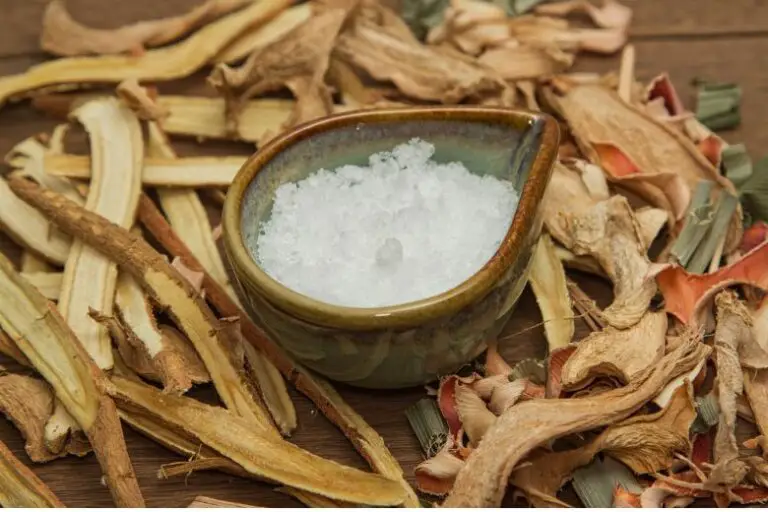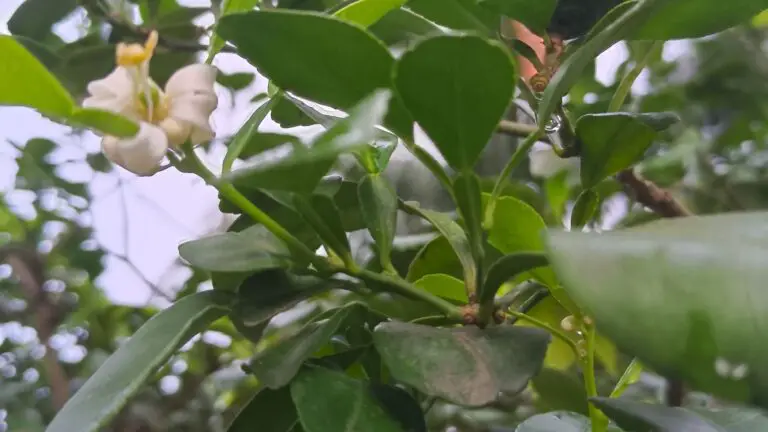Mango Wood: Discover the Beauty and Sustainability of this Exquisite Material
In recent years, there has been a growing interest in sustainable and eco-friendly materials, especially in the realm of furniture and home décor.
One material that has garnered significant attention is Mango Wood. This exquisite material not only boasts stunning aesthetics but also stands as an environmentally responsible choice.
In this article, we will delve into the beauty and sustainability of Mango Wood, exploring its unique features, eco-friendly attributes, care tips, and its increasing popularity in the world of design.
What is Mango Wood?
Mango Wood is derived from the Mango tree (Mangifera indica), primarily cultivated for its delicious fruit. However, the tree’s wood has proven to be equally valuable, making it a popular choice for crafting furniture and decorative items. Unlike some other wood types, Mango Wood is considered a sustainable resource, making it an attractive option for eco-conscious consumers.
The Beauty of Mango Wood Furniture
- Unique Grain Patterns
One of the most captivating aspects of Mango Wood furniture is its distinct grain patterns. Each piece showcases a beautiful and unique arrangement of lines and textures, adding a touch of natural artistry to any interior.
- Rich Colors
Mango Wood boasts a range of captivating colors, ranging from light golden browns to deeper, darker hues. This diversity allows furniture makers to create eye-catching pieces that cater to various design preferences.
- Versatility in Design
Due to its workability, Mango Wood offers unparalleled versatility in furniture design. From intricately carved headboards to sleek and modern dining tables, the possibilities are endless, making it a favorite among artisans and designers alike.
Sustainability of Mango Wood
- Eco-Friendly Source
Mango Wood is harvested from trees that no longer bear fruit, making it an eco-friendly alternative to cutting down trees solely for timber. This sustainable practice ensures that the mango tree continues to contribute to the ecosystem even after its productive fruit-bearing years.
- Utilization of By-Product
In addition to the wood, every part of the Mango tree finds a purpose. The leaves, bark, and branches are used as compost, animal feed, and natural pesticides, minimizing waste and maximizing utility.
- Fast-Growing Trees
Mango trees grow at a rapid pace, maturing within 15-20 years. This quick growth rate ensures a steady and abundant supply of Mango Wood without causing significant strain on the environment.
Caring for Mango Wood Furniture
- Cleaning and Maintenance
To maintain the beauty and longevity of Mango Wood furniture, regular cleaning with a soft, damp cloth is recommended. Avoid harsh chemicals that may damage the wood’s natural luster.
- Preventing Damage
While Mango Wood is durable, it can still be vulnerable to scratches and dents. Using coasters, tablecloths, or placemats can protect the surface from potential damage.
- Enhancing Durability
Applying natural wood oils or waxes occasionally can help preserve the wood’s shine and protect it from moisture, ensuring that your Mango Wood furniture will remain exquisite for years to come.
Mango Wood vs. Other Materials
- Mango Wood vs. Solid Wood
Mango Wood shares similarities with other hardwoods, making it a favorable option for those seeking solid wood furniture. However, it offers unique aesthetics not commonly found in other hardwood varieties.
- Mango Wood vs. Particle Board
When compared to particle board or engineered wood, Mango Wood stands out for its durability and eco-friendliness. It provides a more sustainable and long-lasting solution for furniture needs.
Mango Wood in Home Décor Trends
In recent years, Mango Wood furniture has gained popularity as a staple in contemporary home décor trends. Its natural charm and sustainable appeal have made it a preferred choice for interior designers looking to create stylish, eco-friendly spaces.
The Role of Mango Wood in Sustainable Living
With a growing focus on sustainable living, Mango Wood has emerged as an ideal material for environmentally conscious consumers. By choosing Mango Wood furniture, individuals can contribute to reducing the demand for non-renewable resources and support eco-friendly practices.
Mango Wood Crafts and Artistry
Beyond furniture, Mango Wood serves as an excellent medium for artisans and craftsmen. Intricate carvings, sculptures, and decorative items showcase the talent and creativity that can be expressed through this beautiful material.
Investing in Mango Wood Furniture
As the demand for sustainable products continues to rise, investing in Mango Wood furniture proves to be not only a wise choice for its durability and beauty but also a responsible decision to promote eco-friendly practices.
The Future of Mango Wood
The future of Mango Wood looks promising, as more individuals and industries recognize the importance of sustainability. With its rich history, versatility, and eco-friendly attributes, Mango Wood is likely to remain a prominent player in the world of design and sustainable living.
Conclusion
Mango Wood stands as a testament to the marriage of beauty and sustainability. With its unique grain patterns, rich colors, and versatility in design, it offers unparalleled charm to any living space. Moreover, its eco-friendly sourcing and fast-growing trees make it an environmentally responsible choice for conscientious consumers. By caring for Mango Wood furniture properly, its allure and durability can be enjoyed for generations to come.







